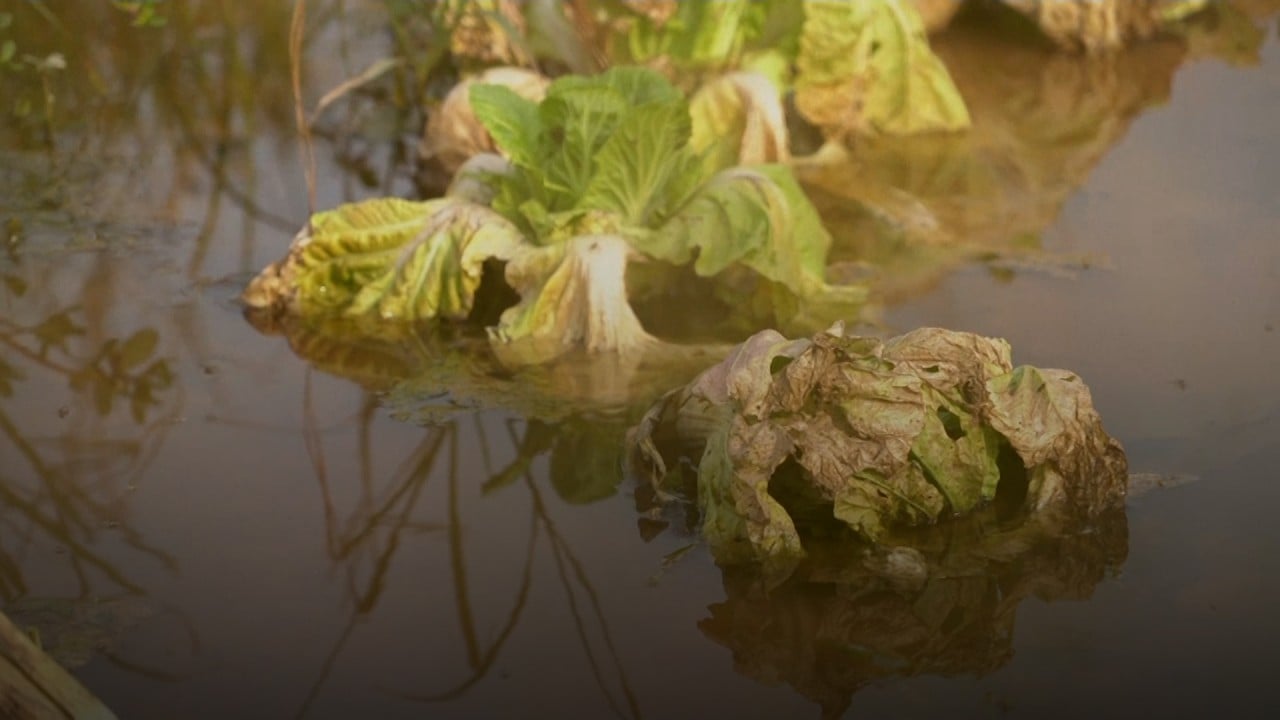
China’s soybean production to increase 40 per cent by 2025 amid food-security alarms
- However, new soybean output target would still pale in comparison with total imports, while demand for the essential oilseed continues to increase
- China imported more than 100 million tonnes of soybeans in 2020, accounting for about 60 per cent of the global soybean trade volume
China has ambitious plans to boost domestic soybean output by 40 per cent over the next four years, as an over-reliance on imports of the commodity continues to raise alarms over the nation’s food security.
The country will bolster its oilseed self-sufficiency by increasing soybean production to 23 million tonnes by 2025, from 16.4 million tonnes in 2021, according to the 14th five-year plan on crop farming that was issued by the Ministry of Agriculture and Rural Affairs (MARA) on Thursday.
But even with the sharp increase in domestic production, the 23-million-tonne target is still dwarfed by the volume of soybeans that must be imported, meaning China is far from filling the domestic supply gap.
China’s vow to boost soybean output sets stage for jump in GM seed tech
China imported more than 100 million tonnes of soybeans in 2020, accounting for about 85 per cent of its domestic consumption that year and about 60 per cent of the global soybean trade volume, according to official figures.
Meanwhile, the country is expected to import 102 million tonnes of soybeans from October 2021 to September – a period when domestic consumption is expected to reach 118.08 million tonnes, according to a statement by MARA’s Chinese Agriculture Outlook Committee on Wednesday.
The plan also vowed to “promote the industrial application of [genetically modified] soybeans in an orderly manner”.
“The higher the foreign dependence, the higher the uncertainty,” said a note by Hongta Securities last month.
“Especially as the United States is the largest soybean supplier to China, and the relevant trade depends on the changes in political factors and diplomatic relations. Reducing the reliance will allow China to take a proactive position in the trade negotiations.”
‘Stalemate’ in US-China reach trade talk despite expiry of phase-one deal
During a forum at Tsinghua University on Saturday, before the new production goals were announced, China’s former deputy head of the National Development and Reform Commission speculated that soybean imports would increase between now and 2035, and that the domestic supply gap could widen.
Du Ying added that China should focus on building overseas supply chains to give itself more options in sourcing soybeans. But he also warned that China should avoid purchasing or leasing land overseas to grow grains, pointing to the potential impact of “political and social sensitivities”.



